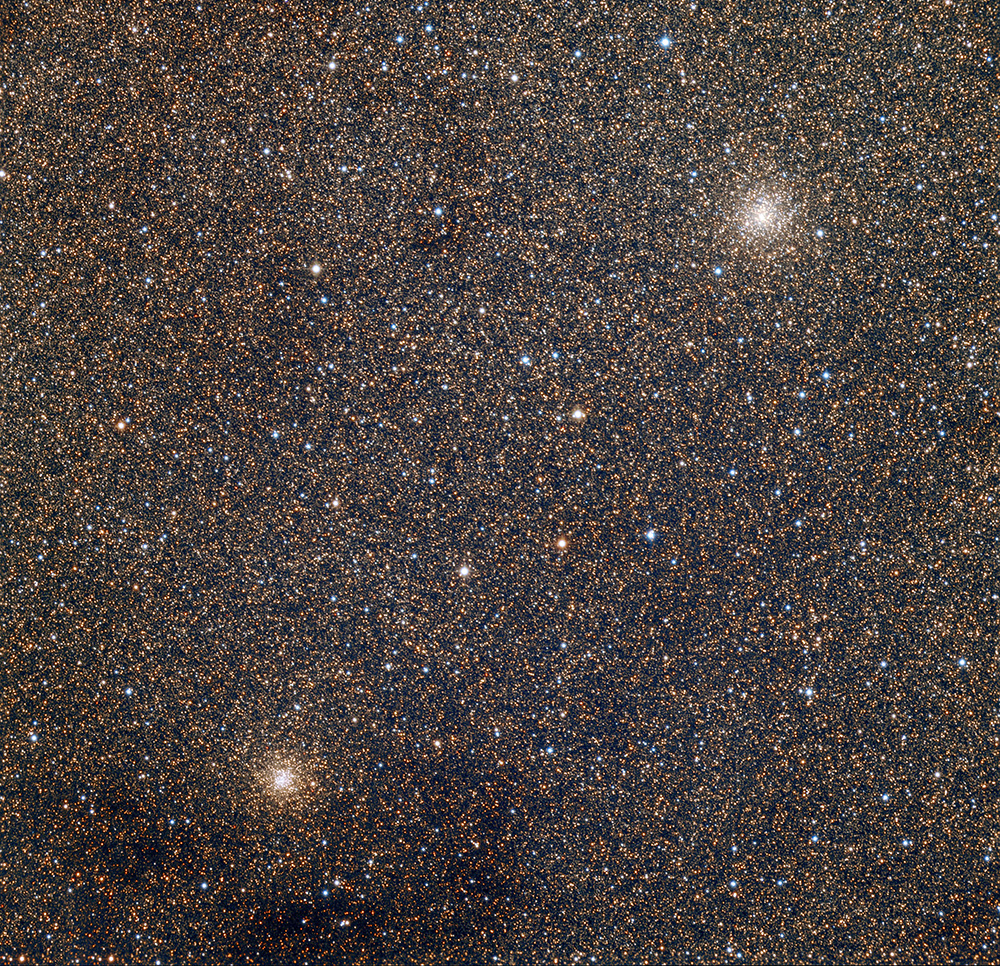
We’ve all seen the fantastic Hubble images; they show millions of galaxies that contain billions upon billions of stars. In our galaxy alone, there are more than 100 billion stars. And in 2010, scientists estimated that there are over 300 sextillion stars in the universe (which looks something like this, 300,000,000,000,000,000,00
Of course, these are just estimates, but it’s safe to say that there are a lot of stars. Since the universe holds such an unimaginable amount of stars, why hasn’t the light from all of them added up to make our night sky burn with brightness? As astronomer and astrophotographer Adam Block notes, “In a Universe infinite in time and luminous stuff, like stars, we would expect to see light from stars in every direction we look. This would mean the night sky would not be dark and instead infinity would glow.” However, looking out into the night sky, this isn’t what we see.
The night isn’t aglow with light; rather, it is mostly black and only speckled with stars. Thus, it seems that the universe is *not* infinitely old. Rather, scientists estimate that the universe is only about 13.77 billion years old. However, if we did live in an infinitely old universe, this view towards the center of our galaxy helps us understand what the night sky might look like…

This star field shows NGC 6522 (to the right), which is potentially the oldest globular cluster in the Milky Way, and NGC 6528 (to the upper left). This picture contains many millions of stars, and it gives us some idea of what the night sky might look like if our universe was far, far older (or if we didn’t have to contend with so much light pollution).